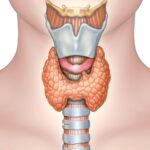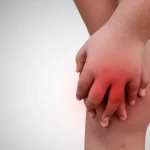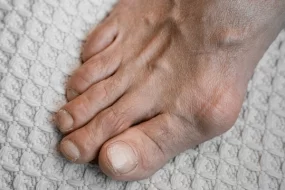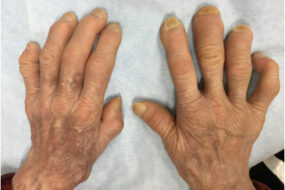- Home
- INTERNAL MEDICINE
- Ramsay Hunt Syndrome
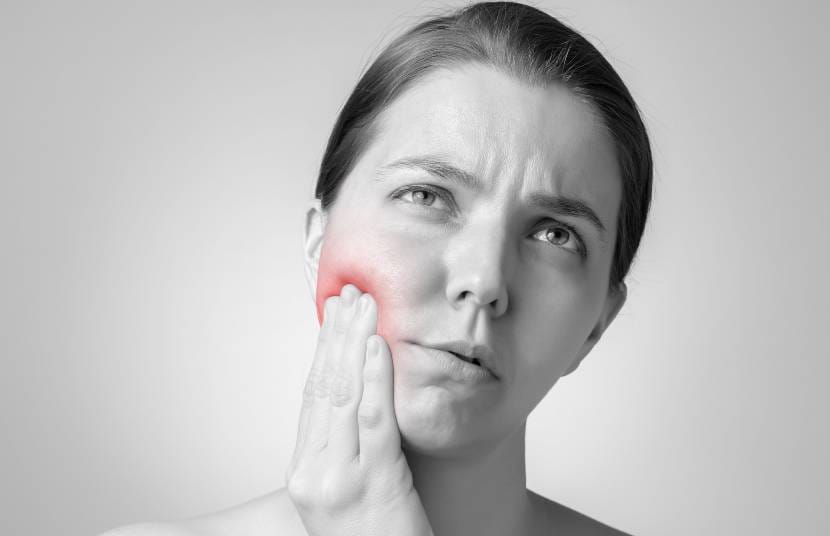
Ramsay Hunt Syndrome (RHS), also known as Herpes Zoster Oticus, is a rare neurological disorder caused by reactivation of the varicella-zoster virus (VZV) in the geniculate ganglion of the facial nerve (cranial nerve VII). This syndrome leads to a constellation of symptoms involving facial paralysis, ear pain, and vesicular rash.
Pathophysiology:
Ramsay Hunt Syndrome occurs due to the reactivation of latent VZV, which initially causes chickenpox and remains dormant in cranial nerve ganglia. When the virus reactivates in the geniculate ganglion, it affects multiple cranial nerves, especially cranial nerve VII, leading to:
- Facial nerve paralysis: Due to involvement of the facial nerve as it courses through the temporal bone.
- Vestibulocochlear nerve (cranial nerve VIII) involvement: Can cause hearing loss, vertigo, or tinnitus.
- Sensory involvement: The virus may also affect other branches of the trigeminal nerve, leading to pain and herpetic vesicles in areas such as the external ear canal, pinna, and sometimes the hard palate or anterior two-thirds of the tongue.
The viral reactivation is often associated with immunosuppression or stress, which lowers the immune system’s ability to keep the virus dormant.
Clinical Presentation:
Ramsay Hunt Syndrome is characterized by a triad of symptoms:
- Facial paralysis (lower motor neuron type):
- Unilateral facial weakness or complete paralysis, leading to difficulty with eye closure, loss of forehead wrinkling, and asymmetrical smile.
- Loss of taste sensation on the anterior two-thirds of the tongue on the affected side may occur.
- Otalgia (severe ear pain):
- Often precedes the onset of rash or facial paralysis by a few days.
- Pain may be severe and described as burning or throbbing.
- Vesicular rash:
- Vesicles can appear on the pinna, external auditory canal, tympanic membrane, or even on the oral mucosa.
- Rash may extend beyond the ear to the face, neck, or scalp.
Additional symptoms may include:
- Vertigo, dizziness, and balance disturbances: Due to vestibular nerve involvement.
- Hearing loss: May range from mild to profound and can be temporary or permanent.
- Tinnitus: Ringing in the ears on the affected side.
- Hyperacusis: Due to paralysis of the stapedius muscle.
- Dry eye: From decreased lacrimal secretion or inability to close the eye.
Differential Diagnosis:
- Bell’s palsy: Isolated facial nerve palsy without vesicular rash or otalgia. Bell’s palsy has a more favorable prognosis.
- Acoustic neuroma (vestibular schwannoma): Gradual onset of hearing loss without facial paralysis or vesicles.
- Lyme disease: Can cause facial palsy but usually has other systemic symptoms.
- Cholesteatoma: May cause conductive hearing loss and facial nerve paralysis but without vesicles.
- Stroke: Typically spares the forehead due to upper motor neuron involvement.
Diagnostic Evaluation:
- Clinical diagnosis: Based on history and physical examination, identifying the characteristic triad of facial paralysis, otalgia, and vesicular rash.
- Laboratory tests:
- Polymerase Chain Reaction (PCR): Detection of VZV DNA in vesicular fluid, cerebrospinal fluid (CSF), or saliva can confirm the diagnosis.
- Serology: Antibody testing (IgM and IgG) against VZV can support the diagnosis.
- Audiometric evaluation:
- Assesses the degree of hearing loss.
- Imaging (if indicated):
- MRI of the brain with contrast: May be used to rule out alternative diagnoses or complications such as central nervous system involvement.
Management:
- Antiviral Therapy:
- Acyclovir (800 mg orally five times daily for 7-10 days), or Valacyclovir (1 g orally three times daily for 7-10 days), or Famciclovir (500 mg orally three times daily for 7-10 days).
- The antiviral should be started within 72 hours of onset of symptoms to improve outcomes, although later treatment may still be beneficial.
- Corticosteroid Therapy:
- Prednisone (60-80 mg daily for 7 days, followed by a taper): Reduces inflammation and edema, improving recovery of facial nerve function.
- Combination therapy with antivirals and corticosteroids has shown better results than antivirals alone.
- Pain Management:
- Analgesics (e.g., NSAIDs, acetaminophen) or stronger pain management with gabapentin, pregabalin, or tricyclic antidepressants for neuropathic pain.
- Topical lidocaine or capsaicin cream for localized pain.
- Eye Care:
- Artificial tears or lubricating ointments to prevent corneal damage due to incomplete eye closure.
- Taping the eyelid shut or using an eye patch during sleep.
Complications:
- Permanent facial weakness: May persist despite treatment, especially if therapy is delayed.
- Postherpetic neuralgia (PHN): Persistent pain lasting more than 3 months after resolution of the rash.
- Corneal ulceration: Due to exposure keratopathy if eye closure is inadequate.
- Sensorineural hearing loss: Can be irreversible.
- Depression and anxiety: Resulting from chronic pain and disfigurement.
Prognosis:
- Prognosis is variable, with early treatment (within 72 hours) associated with better outcomes.
- Complete recovery occurs in approximately 70% of patients, while 30% may experience some residual facial weakness.
- Poor prognostic factors include age over 60, severe initial pain, extensive vesicular rash, complete facial paralysis, and delay in treatment.
Prevention:
- Vaccination:
- Herpes zoster vaccine (e.g., Shingrix) is recommended for individuals over 50 years of age to reduce the risk of VZV reactivation and shingles.
- Varicella vaccine in childhood helps prevent primary VZV infection, thus reducing the future risk of RHS.
- Immunocompromised Patients:
- Those on immunosuppressive therapy or with conditions like HIV should receive appropriate antiviral prophylaxis if exposed to VZV.
Advanced Considerations for Consultant Physicians:
- Neurological Referral: For cases with atypical presentation, prolonged course, or refractory pain.
- Intravenous Antivirals: May be considered in immunocompromised patients or those with severe or disseminated VZV infection.
- Facial Reanimation Surgery: In cases of permanent facial paralysis, surgical options for static and dynamic reanimation may be explored.


